MIKE MASSIMINO
CHASING DREAMS | INSPIRATION | TEAMWORK | LEADERSHIP | CREATIVITY
Your favorite astronaut. Inspiring keynote speaker who highlights the power of childhood dreams and the dedication to get there.
TO INQUIRE ABOUT THIS SPEAKER, PLEASE COMPLETE THIS FORM. FOR MULTIPLE SPEAKERS, EMAIL HELLO@EPICKEYNOTES.COM OR CALL 617-245-6060.
Mike Massimino, a former NASA astronaut, is a professor of mechanical engineering at Columbia University and the senior advisor for space programs at the Intrepid Sea, Air & Space Museum. He received a BS from Columbia University, and MS degrees in mechanical engineering and in technology and policy, as well as a PhD in mechanical engineering from the Massachusetts Institute of Technology.
WHO IS MIKE?
After working as an engineer at IBM, NASA, and McDonnell Douglas Aerospace, along with academic appointments at Rice University and at the Georgia Institute of Technology, Mike was selected as an astronaut by NASA in 1996, and is the veteran of two space flights, the fourth and fifth Hubble Space Telescope servicing missions in 2002 and 2009. Mike has a team record for the number of hours spacewalking in a single space shuttle mission, and he was also the first person to tweet from space. During his NASA career he received two NASA Space Flight Medals, the NASA Distinguished Service Medal, the American Astronautical Society’s Flight Achievement Award, and the Star of Italian Solidarity.

He is a frequent guest on television news and talk show programs, including NBC’s Today Show, ABC’s Good Morning America, and CNN. He has also appeared on the Late Show with David Letterman and the Late Late Show with Craig Ferguson, and on StarTalk radio and television shows.
Mike’s book, Spaceman: An Astronaut’s Unlikely Journey to Unlock the Secrets of the Universe, has received rave reviews and is a New York Times best-seller. Mike's new book, Spaceman: The True Story of a Young Boy’s Journey to Becoming an Astronaut, a young adult version of his previously published autobiography, is scheduled for publication on April 7th, 2020. He is a recipient of the 2017 Christopher Award, the 2017 Columbia University Community Impact Outstanding Community Service Award, the 2017 National Space Club Communications Award, and in 2018 was inducted into the Long Island Air and Space Hall of Fame. The street that Mike grew up on in Franklin Square, Long Island has been renamed “Mike Massimino Street.”
Mike has made numerous television appearances, including a six-time recurring role as himself on the CBS hit comedy The Big Bang Theory. He has hosted Science Channel’s The Planets and its special Great American Eclipse. He is featured in National Geographic Channel’s series One Strange Rock and is the host for Science Channel’s series The Planets and Beyond.
WHERE MIKE HAS SPOKEN

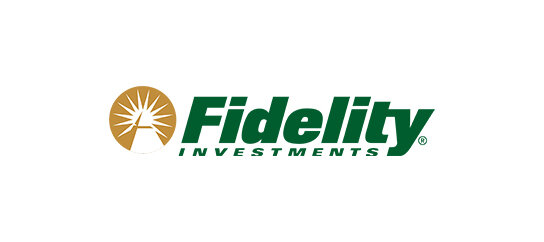
.jpg?width=544&height=242&name=Google%20(1).jpg)
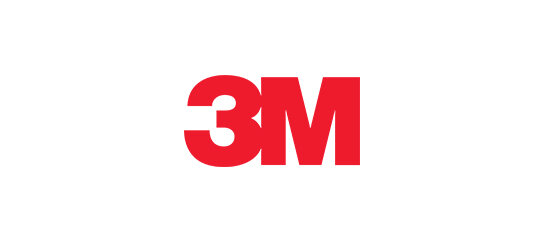
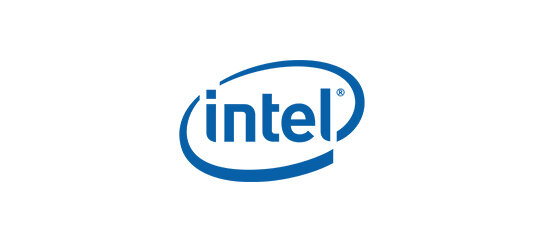
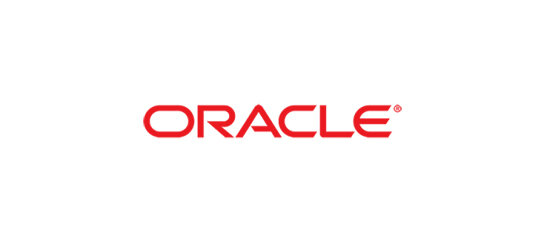
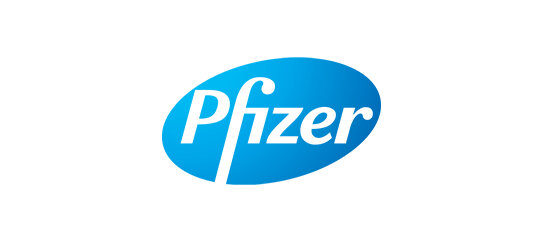
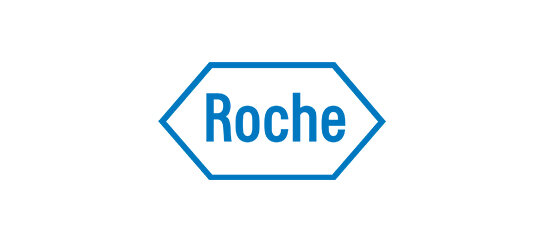



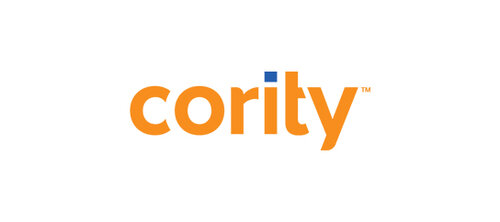
WHAT MIKE SPEAKS ABOUT
Mike customizes each experience based on industry and audience (e.g. managers vs. front-line employees). All of his keynotes are available in-person and in a variety of virtual formats.
FOLLOWING DREAMS, SETTING GOALS, AND NEVER GIVING UP
Mike was rejected three times by NASA including a medical disqualification which Mike overcame by teaching his eyes to “see better.” His persistence paid off with two missions on the Space Shuttle and four spacewalks on the Hubble Space Telescope. Mike stresses that as long as you keep trying no matter what the obstacles, achieving your goal is possible.
Mike’s dream of becoming an astronaut began when he was six years old watching television as Neil Armstrong took the first steps on the moon.
The path to achieving this dream was wrought with unexpected challenges, failures, disappointments, and self-doubt.
TEAMWORK AND LEADERSHIP
Teamwork and leadership was developed through the extraordinary experiences that Mike and his fellow astronauts shared during their training and spaceflights. Through these experiences strong friendships and working relationships were forged that enable Mike and his colleagues to complete astronaut training, overcome tragedy, and repair the greatest scientific instrument in space – the Hubble Space Telescope. Mike discusses how teamwork and leadership led to success during his spaceflights and in life.
Upon arriving at NASA, Mike discovered he was part of team that put the success of the team and the mission above individual accomplishments.
The culture at NASA fostered strong relationships between astronauts and with NASA leadership.
INNOVATION AND PROBLEM SOLVING
A major miscue during that spacewalk nearly led to failure. But the ground control team and the astronauts in space worked together to come up with an innovative solution that saved the day and the mission. Mike explains how although not every problem has an obvious solution, preparation and innovation can help us with overcoming unforeseen challenges and adapting to change.
Mike’s second spaceflight was the final Space Shuttle servicing mission to the Hubble Space Telescope.
On that mission Mike was tasked with the most complicated spacewalk ever attempted: the in-space repair of a delicate scientific instrument inside of the telescope.
BEING RESILIENT AND ADAPTABLE IN TIMES OF CHANGE AND UNCERTAINTY
Many at NASA did not want to accept these changes. But the last few years have shown that those who accepted these changes have thrived, while those who resisted are no longer contributing. Technological progress and entrepreneurship are inevitable in every industry, and the NASA team learned to embrace the changes in order to move on to that next phase. We now have partnerships and burgeoning private space industry. Our future in space is bright because of these changes.
Mike’s second space flight was one of the last of the Space Shuttle Program. It was time for NASA to retire the space shuttle and move on to the next phase in space exploration.
That next phase included flying exclusively on the Russian Soyuz for the foreseeable future and working with commercial companies in the coming age of private space travel.
RECOGNIZING THE PURPOSE IN YOUR WORK
In addition to supporting our families and enjoying the challenges of our jobs, we should always remember how we are making the world a better place through our work. For Mike, as an astronaut, it was servicing and repairing the Hubble Space Telescope. Arguably the greatest scientific instrument ever built, Hubble made some of the greatest scientific discoveries in history while showing us the beauty of our universe. Contributing to great projects makes all the hard work and sacrifice worthwhile.
No matter how much we enjoy our jobs we sometimes get caught up in the day-to-day activities and can forget the big picture.
This can even happen to astronauts. Mike stresses the importance of trying to remember the reason why we work as hard as we do.
FINDING AND PURSUING THAT NEXT CHALLENGE
Mike discusses the difficulty of giving up the most exciting and interesting job he could ever have for the next phase in life. New challenges are needed for happiness, and there is no reason why one dream job cannot be replaced by another. In Mike’s case that has meant a new career as a university professor, museum advisor, author, television personality, and speaker sharing his lessons and experiences from his life as an astronaut.
After a realizing a dream, there comes a time when one needs to find that next dream in life. For Mike, his astronaut career was a little boy dream come true.
After 18 years it was time to find a new challenge in life and a new dream
Thank you so much for an amazing keynote! Everyone is still talking about it. Your session was phenomenal. The best one we’ve ever had by far!!!
THANK YOU FOR THE MOST RELEVANT AND SPELLBINDING KEYNOTE SPEECH I HAVE EVER SEEN; YOU'VE INSPIRED EVERYONE TODAY WITH YOUR DETERMINATION AND LIFE LESSONS.
OUR LEADERS WERE INSPIRED BY YOUR STORY AND I BELIEVE WALKED AWAY WITH A RENEWED SENSE OF PURPOSE AND READY TO FOCUS ON OUR NEW ASPIRATION AND GOAL. YOUR DETERMINATION HAS ENCOURAGED US TO THINK DIFFERENTLY AND BE MORE COURAGEOUS IN OUR PURSUITS TO IMPACT SOCIETY.
MIKE IN ACTION


.png?width=639&height=173&name=logo%20(1).png)